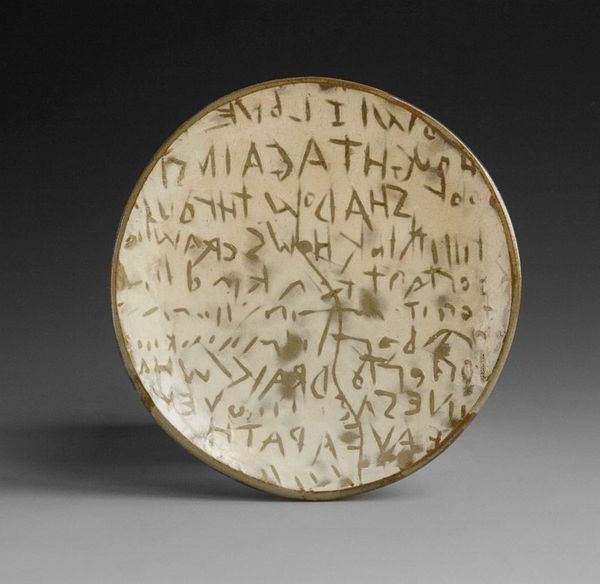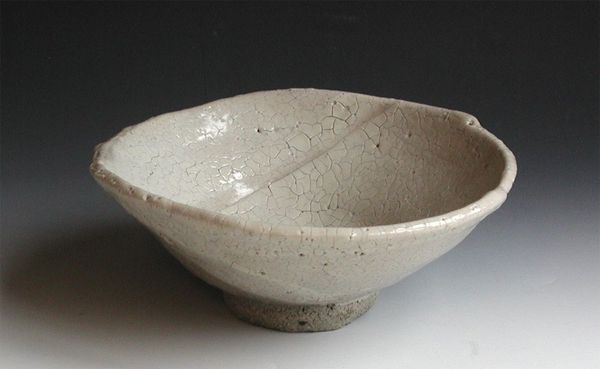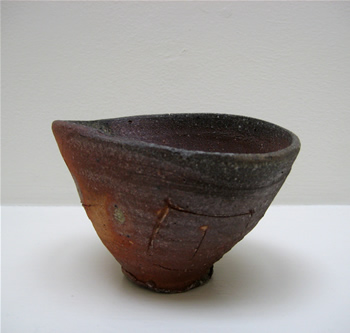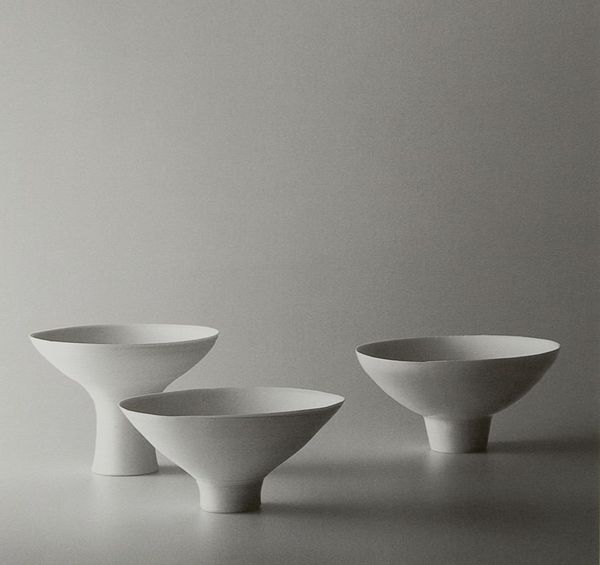 I realize that part of why I like writing on the computer is
that I am certain it can be read. I have the luxury of spell-check and the
potentially rich pool of web resources. I can quote and link with the click of
a finger. When I write by hand it is fast and a direct link to my mind, but it
is illegible for most. My handwriting is a form of hieroglyphic chicken
scratch. It holds the risk of misspelling and incomplete letters. My loopy
shorthand, substituting for the careful penmanship that I was taught in third grade,
is perhaps the purest form of irregular communication.
I realize that part of why I like writing on the computer is
that I am certain it can be read. I have the luxury of spell-check and the
potentially rich pool of web resources. I can quote and link with the click of
a finger. When I write by hand it is fast and a direct link to my mind, but it
is illegible for most. My handwriting is a form of hieroglyphic chicken
scratch. It holds the risk of misspelling and incomplete letters. My loopy
shorthand, substituting for the careful penmanship that I was taught in third grade,
is perhaps the purest form of irregular communication. I have started teaching two classes in the last few weeks
that are at either end of a spectrum. One is an introduction to the potter's wheel
and the other is a graduate class called asymmetrical wheel. In the beginning
class I am teaching about structure and the students are hoping for the certainty
of a useful small bowl. In the other, I am asking them to take risks, to step outside
of the habits of their usual modes of work. In both cases I have asked the
students to think about why they want to make things by hand.
I have started teaching two classes in the last few weeks
that are at either end of a spectrum. One is an introduction to the potter's wheel
and the other is a graduate class called asymmetrical wheel. In the beginning
class I am teaching about structure and the students are hoping for the certainty
of a useful small bowl. In the other, I am asking them to take risks, to step outside
of the habits of their usual modes of work. In both cases I have asked the
students to think about why they want to make things by hand.Contemplating this semester's curricula, I have reread David Pye's 1960's thoughts on the nature of workmanship of risk versus certainty. At any stage of making things an artist shifts back and forth between the two poles of the workmanship: that of risk and that of certainty. The range of the spectrum goes from free to regulated depending on how we use our tools and hands and skill. In my asymmetrical class I have asked the students to let go of the idea of centering in order to throw. I have asked them to slow down and respond to the clay to change their expectations and bring their experience to the clay as if they were rank beginners.
 During class I
was reminded of meeting Koie Rjoji in Iowa in 2004. Koie has a way with both
clay and tools that produces work with wonderful freshness and physical energy.
Whether Koie was throwing on a traditional kick wheel or an electric wheel he
had an organic sensitivity to the use of tools and clay. He brings a material
thinking to the clay that is intuitive, tactile and asymmetrical. He approaches
clay that others might find unusable and finds stimulation and solutions in the
way one might find inspiration from a very difficult individual.
During class I
was reminded of meeting Koie Rjoji in Iowa in 2004. Koie has a way with both
clay and tools that produces work with wonderful freshness and physical energy.
Whether Koie was throwing on a traditional kick wheel or an electric wheel he
had an organic sensitivity to the use of tools and clay. He brings a material
thinking to the clay that is intuitive, tactile and asymmetrical. He approaches
clay that others might find unusable and finds stimulation and solutions in the
way one might find inspiration from a very difficult individual. Taizo Kuroda
on the other hand manages to use the forces of clay, centrifugal force
and gravity to convey the freshness of touch and a distilled view of
pottery form. As I revisit my own work and the work of artists that have provided inspiration, it seems whether we come from a modernist sense of design or an organic attraction to material there is still room to explore experimental paths of pottery, to find an intriguing balance between risk and certainty.
Taizo Kuroda
on the other hand manages to use the forces of clay, centrifugal force
and gravity to convey the freshness of touch and a distilled view of
pottery form. As I revisit my own work and the work of artists that have provided inspiration, it seems whether we come from a modernist sense of design or an organic attraction to material there is still room to explore experimental paths of pottery, to find an intriguing balance between risk and certainty.
Leave a comment